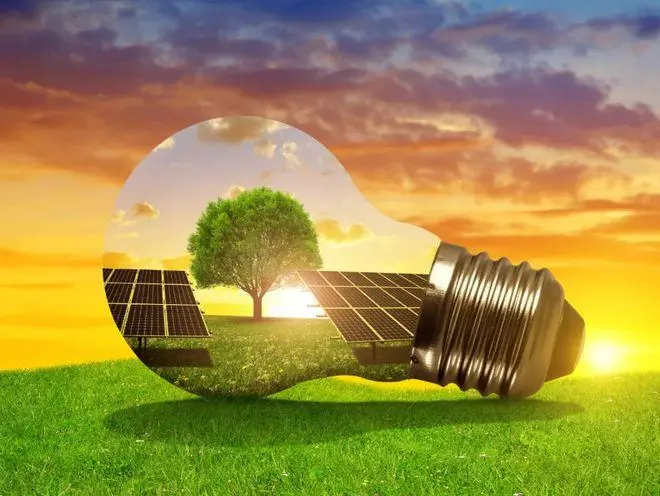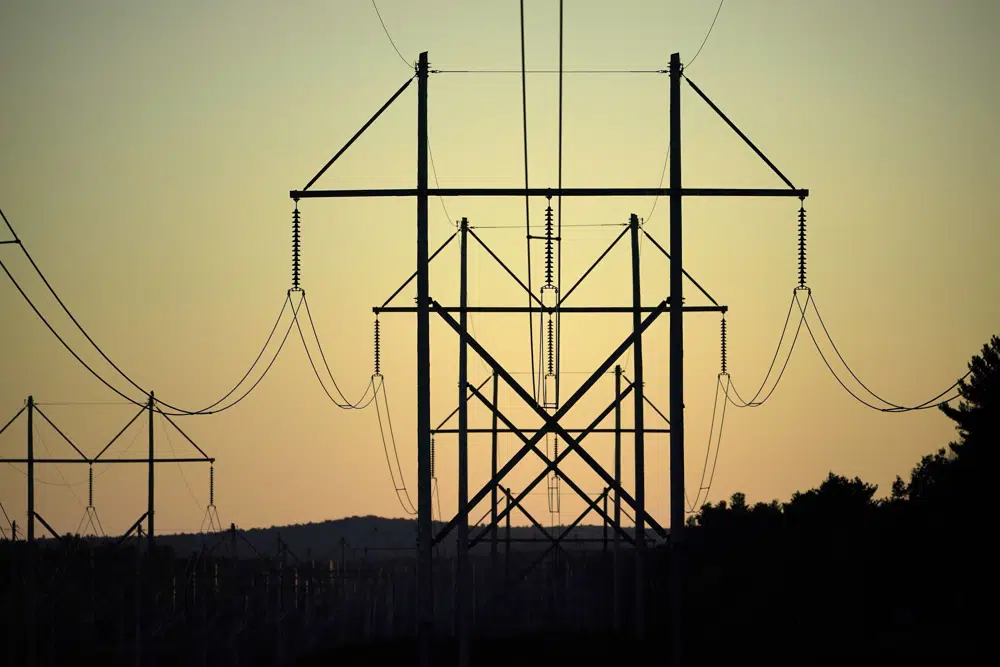When John Podesta worked as an adviser to President Barack Obama nearly a decade ago, he expected hundreds of miles of new power transmission lines to be built in the Southwest, expanding clean energy access throughout the region. However, after returning to the federal government to work on climate issues for President Joe Biden, Podesta discovered that the transmission lines had not been constructed, nor had they received final regulatory approval.
Now, Podesta is leading efforts to tackle one of Biden’s most challenging obstacles as he seeks to achieve ambitious carbon reduction goals: streamlining the permitting process for power plants, transmission lines, and other infrastructure projects. If the country cannot efficiently approve these types of projects, it may not have the necessary infrastructure for a future powered by carbon-free electricity.
The issue of permitting has become a significant subject of discussion during high-stakes budget talks between the White House and Republican lawmakers, who are trying to avoid the country’s first-ever default on its debt. It’s unclear if an agreement on permitting can be reached in time because Republicans are seeking ways to increase oil drilling while Democrats want to concentrate on clean energy. Nevertheless, the mere presence of discussions about permitting demonstrates how political positions are evolving. While the industry and labor unions have long criticized these regulations, environmentalists have grown dissatisfied with the slow-moving nature of the system.

This transformation represents a significant change for a movement that has historically focused more on slowing development rather than advocating for it. It has unsettled some longstanding allies while also providing opportunities for new partnerships. However, this change is central to Biden’s vision of “hard-hat environmentalism”, which promises that a shift away from fossil fuels will generate blue-collar jobs.
Nevertheless, the question remains: what kind of infrastructure will be constructed? The road to any agreement to streamline permitting processes involves making trade-offs that may be unappealing to Democrats and environmentalists.
During negotiations last year with Sen. Joe Manchin, a West Virginia Democrat who was a key vote for the Inflation Reduction Act, significant legislation that provides financial incentives for clean energy, permitting became a central issue. Manchin put forth a separate plan to streamline infrastructure construction for renewable and fossil fuels. His primary focus has been on the Mountain Valley Pipeline, intended to transport gas through his home state.
Republicans called Manchin’s plan a “political payoff,” while liberal Democrats described it as a “dirty side deal,” and it ended up stalling. Nonetheless, some environmental organizations give him credit for bringing attention to permitting issues. Proposals to alleviate paralyzing permitting processes have flooded Washington, with House Republicans recently passing their proposal under budget legislation aimed at increasing oil, natural gas, and coal production, and Sen. Tom Carper introducing another proposal focused on clean energy.
Despite broad-based interest in permitting changes, finding a consensus will likely require making difficult trade-offs that could be hard for Democrats and environmentalists to stomach. GOP lawmakers want more fossil fuels, and no proposal will move forward without their approval now that they control the House of Representatives. However, making too many concessions to Republicans in the House could jeopardize support in the Democratic-controlled Senate.
Biden has also frustrated environmentalists by approving Willow, an oil drilling project in an Alaskan wilderness area previously untouched by industry. After one of Podesta’s speeches on permitting at a think tank in Washington, D.C., activists rushed to block his vehicle with a white banner reading “end fossil fuels” in bold letters.
Podesta contends that phasing out oil and gas is not an immediate possibility. He argues that the status quo will not suffice when it comes to building clean energy infrastructure, citing federal data from the Brookings Institution, which shows that transmission line permitting can take seven years compared to less than half that time for natural gas pipelines.
As for whether negotiations will lead to a satisfactory outcome, Podesta maintains a cautious outlook. “There is bipartisan interest in the topic,” he said. “Where any of that ends, I can’t predict.”
An agreement could help Biden’s political alliance by easing tensions between environmentalists and labor unions that have often felt frustrated by objections to projects that would create jobs. “They’ve unnecessarily taken food off the table of my members,” said Sean McGarvey, president of North America’s Building Trades Unions, who believes the relationship with environmentalists could turn into an alliance depending on how this process ends.
However, other environmental groups have expressed frustration with the permitting issue, suggesting there is still a great deal of work left to do. Brett Hartl, Government Affairs Director at the Center for Biological Diversity, criticized the administration for allowing Manchin’s proposal to start the discussions, saying the White House “negotiated away the game at the beginning and put the football on the 2-yard line.”
Historians trace the American regulatory system to a backlash against large infrastructure initiatives in the middle of the 20th century, such as the interstate highway system and a series of dams. These projects raised concerns about environmental impacts and left local communities feeling ignored. Environmental fears were intensified by the Santa Barbara oil spill and fires on the polluted Cuyahoga River in Ohio, leading to the passage of the National Environmental Policy Act in 1970.
Christy Goldfuss, Chief Policy Impact Officer at the Natural Resource Defense Council, stated that while our regulatory system currently works, it needs optimization to usher in a more sustainable future. Nonetheless, some organizations will likely continue to resist development, making the shift necessary for the environmental movement challenging.
